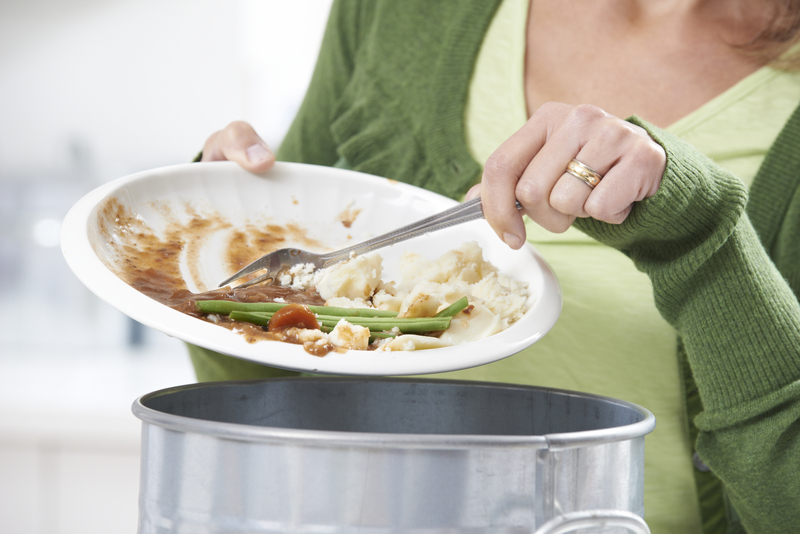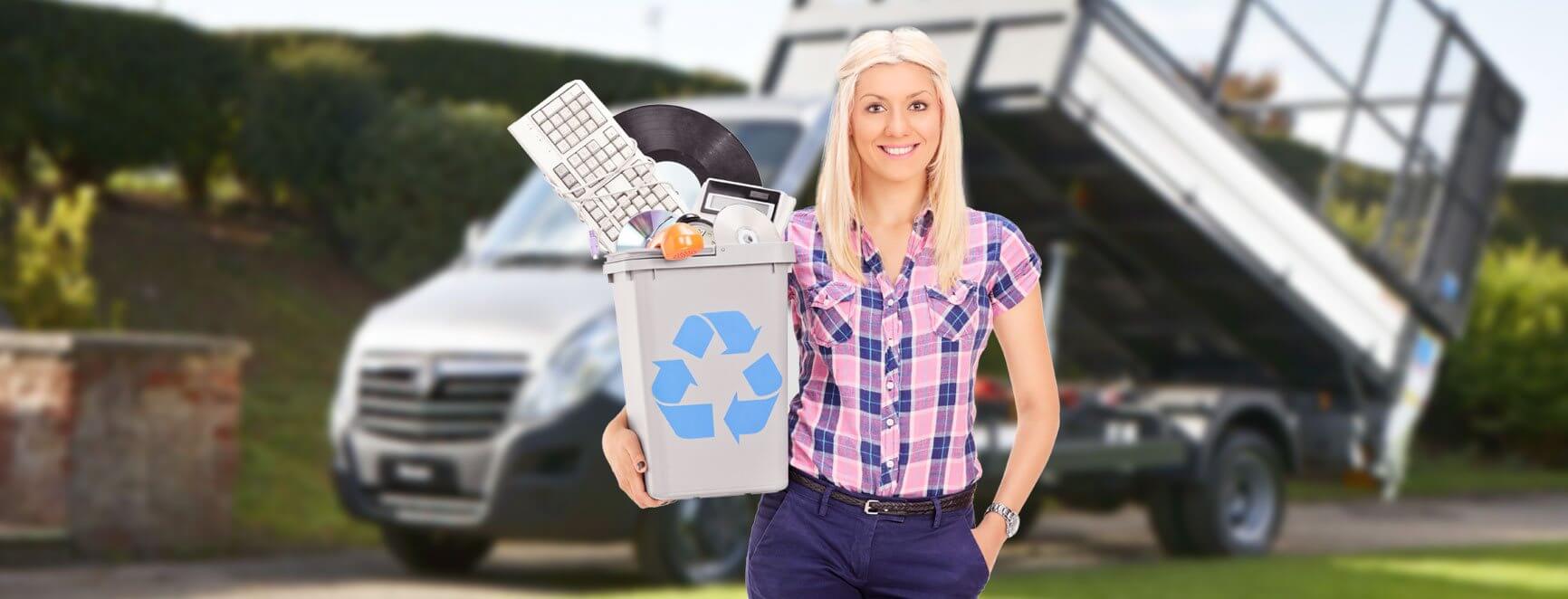Everyday Recycling Made Simple
Posted on 17/06/2025
Recycling has become a commonly discussed and critical topic in today's world. With the environment facing numerous challenges, the need to reduce waste and conserve resources has never been greater. By incorporating everyday recycling habits into our lives, we can significantly contribute to the health of our planet. This guide will provide clear and actionable steps for making everyday recycling a simple and effective part of your routine.
Understanding the Basics of Recycling
Before diving into practical tips, it's important to understand what recycling actually involves. Recycling is the process of converting waste materials into new products, which helps to reduce the consumption of fresh raw materials, lower energy usage, lessen air and water pollution, and decrease greenhouse gas emissions.
Materials that can be recycled typically include paper, cardboard, glass, certain plastics, metals, and electronic waste. By knowing what items are recyclable, we can effectively sort and process waste, ensuring that reusable materials don't end up in landfills.

Setting Up an Efficient Home Recycling System
A key factor in successful everyday recycling is setting up a convenient and straightforward home recycling system. Here are steps to make that happen:
Step 1: Identify Recyclable Materials
First, familiarize yourself with the recycling policies in your area. Municipalities often have specific guidelines detailing what can and cannot be recycled. Generally, you can expect these categories:
- Paper: Newspapers, magazines, office paper, and cardboard.
- Plastics: Bottles, containers, and certain packaging materials. Look for recycling codes (typically numbers 1 through 7) on plastic items.
- Glass: Bottles and jars.
- Metals: Aluminum cans, tin cans, and foil.
- Electronics: Devices like old phones, batteries, and appliances.
Step 2: Create Designated Recycling Bins
To make recycling easy and seamless, set up designated bins for different types of recyclable materials. Ideally, have separate containers for:
- Paper and cardboard
- Plastics
- Glass
- Metals
- Electronics
Place these bins in accessible areas, such as the kitchen, garage, or near your home's waste disposal area. Clear labeling will help everyone in the household know what goes where.
Recycling on the Go
Recycling doesn't have to be confined to your home. Here's how to keep up with recycling when you're out and about:
Bring Your Own Containers
Use reusable shopping bags, water bottles, coffee cups, and lunch containers. This reduces the need for disposable items and ensures you generate less waste.
Look for Recycling Stations
Many public places now have recycling stations. Look out for them and separate your waste accordingly. If no such facilities exist, consider taking recyclables home to dispose of them properly.
Office Recycling: Extending Habits Beyond Home
Recycling at the workplace is just as important as it is at home. Here's how to foster a culture of recycling in the office:
Initiate Recycling Programs
Encourage your workplace to implement a recycling program if one isn't already in place. This can include setting up bins for paper, plastics, and electronics, as well as creating guidelines for proper recycling practices.
Go Digital
Reduce paper usage by digitizing files and documents. Encourage printing only when necessary and utilizing double-sided printing to cut down on paper waste.
Recycling Special Items
Not all recyclables are made equal; some items require special attention. Here's how to deal with common tricky recyclables:
Batteries and Electronics
Batteries and electronic devices contain hazardous materials that shouldn't be disposed of in regular bins. Many stores and municipal facilities offer battery and electronic recycling services.
Plastic Bags and Wraps
Plastic bags and wraps can often jam recycling machinery. Instead, collect them and bring them to designated drop-off locations, which are usually available at grocery stores.
How to Reduce, Reuse, and Recycle Effectively
Fundamentally, recycling is part of a larger process: Reduce, Reuse, and Recycle. Here's how these three Rs work together:
Reduce
Always look for ways to reduce your consumption of new materials. Whether it's choosing products with minimal packaging or buying in bulk to cut down on waste, reducing helps lessen the overall amount of waste you produce.
Reuse
Before tossing items into the recycling bin, consider if they can be reused or repurposed. For instance, glass jars can be used as storage containers, and old clothes can become cleaning rags.
Recycle
Ensure you're always recycling correctly and responsibly. Clean recyclables to avoid contamination, break down cardboard boxes to save space, and stay informed about local recycling policies.

The Environmental and Economic Benefits of Recycling
Recycling has far-reaching benefits that extend beyond simply reducing waste:
Environmental Impact
- Conservation of Resources: Recycling materials conserves natural resources like timber, water, and minerals.
- Energy Savings: Recycling generally consumes less energy compared to producing new products from raw materials.
- Pollution Reduction: By reducing the need for raw material extraction and processing, recycling helps decrease air and water pollution.
Economic Impact
- Job Creation: The recycling industry creates numerous jobs in collection, processing, and manufacturing.
- Cost Savings for Companies: Businesses that recycle can save on waste disposal costs and even make a profit by selling recyclable materials.
Future of Recycling
As technology advances, the methods and materials for recycling will continue to evolve. Innovations in recycling processes and the development of biodegradable materials are paving the way for more efficient and effective waste management solutions. Continuous education and commitment are essential to keep up with best practices and new opportunities in recycling.
In conclusion, everyday recycling doesn't have to be a daunting task. By understanding the fundamentals, setting up an efficient system at home and work, and staying informed about local recycling policies, we can make a significant positive impact on our environment. With small, everyday actions, we can help create a sustainable future for generations to come.
Start today by taking a look at your current recycling habits and consider how you can improve them. Remember, every little bit helps!





